Growing up in the 1960s meant living by a set of rules that might seem baffling to kids today. Back then, every family and school had unspoken guidelines that shaped behavior, reinforced respect, and kept life orderly. Some rules taught valuable lessons, while others reflected the societal norms of the time—many of which feel outdated now. From strict dining table etiquette to curfews based on streetlights, these quirky expectations left their mark on an entire generation. Let’s take a nostalgic look back at 12 of these bizarre rules, exploring why they existed and how they shaped childhood during one of the most memorable decades.
1. Always Address Adults as “Sir” or “Ma’am”

Respecting your elders was non-negotiable, and kids were expected to address adults with formal titles. It taught politeness and discipline, but today it might feel overly rigid or old-fashioned in an age that values more casual, first-name interactions.
2. Don’t Speak Unless Spoken To
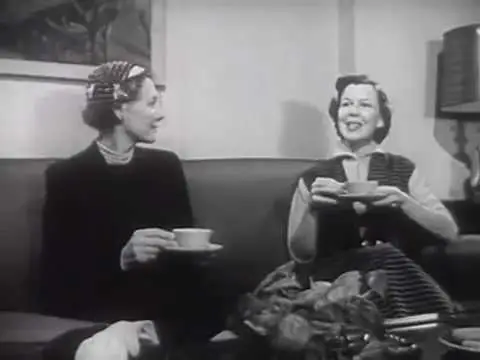
The “seen but not heard” rule was gospel in many households, especially during family gatherings or dinners. While it encouraged good manners, it seems harsh now when kids are often encouraged to express themselves freely and engage in conversations.
3. Finish Everything on Your Plate, No Matter What
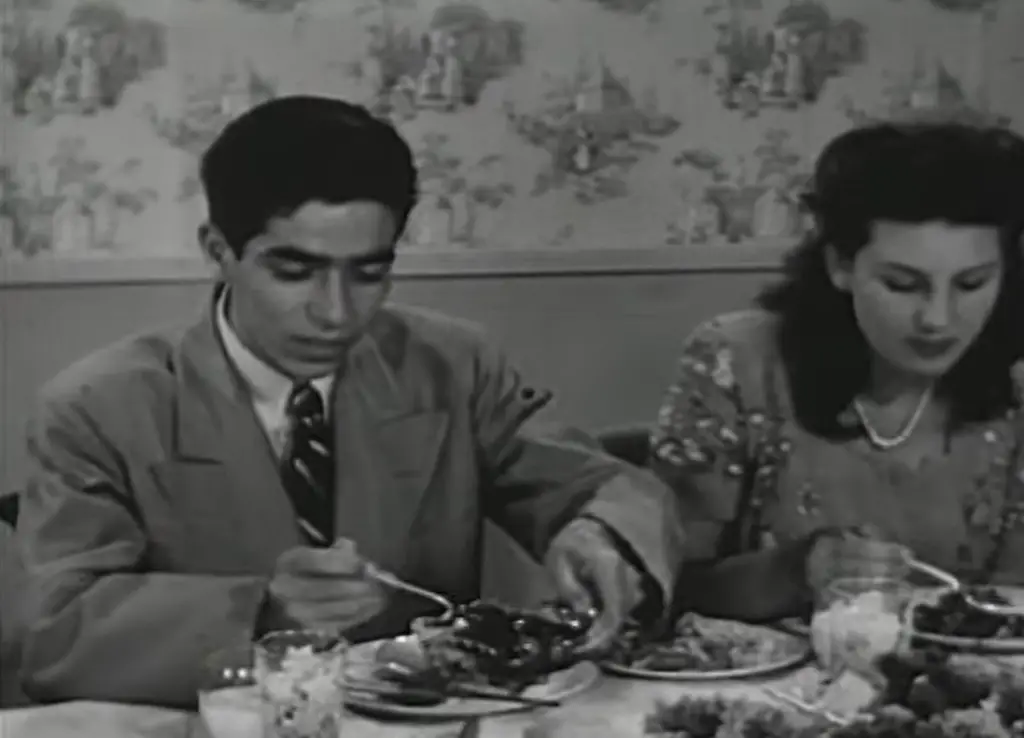
The clean plate club was practically a membership every kid belonged to, instilled by parents who had lived through harder times. While it emphasized gratitude, it seems outdated today, with greater awareness about portion sizes and food autonomy.
4. Ask Permission Before Using the Telephone
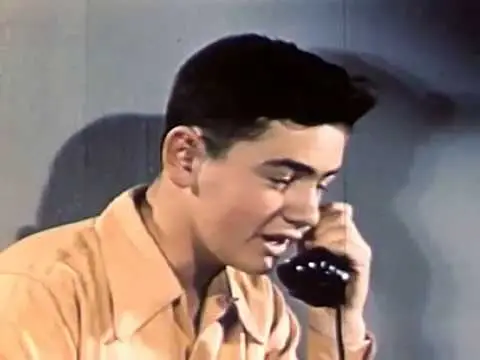
In a world of rotary phones, calling someone wasn’t as casual as it is today. Kids had to ask before dialing, respecting family phone rules and avoiding unnecessary costs. In the age of smartphones, it’s hard to imagine needing permission to text a friend.
5. No Talking Back to Teachers—Ever

Teachers were viewed as infallible authority figures, and questioning them could land you in big trouble at home and school. While it reinforced respect for authority, today’s education often encourages dialogue and critical thinking, making this rule feel overly strict.
6. Always Wear Your “Sunday Best” to Church or Special Occasions

Kids were expected to dress up for church, family dinners, or even visits to the doctor. This taught a sense of formality and pride in appearance, but the casual nature of today’s wardrobe choices makes it seem over the top.
7. Be Home When the Streetlights Come On

This unspoken curfew was law in many neighborhoods. It fostered independence and outdoor play but also assumed a level of safety that’s harder to find today, when supervised activities have largely replaced free-range childhoods.
8. You Can Only Watch TV After Homework and Chores Are Done
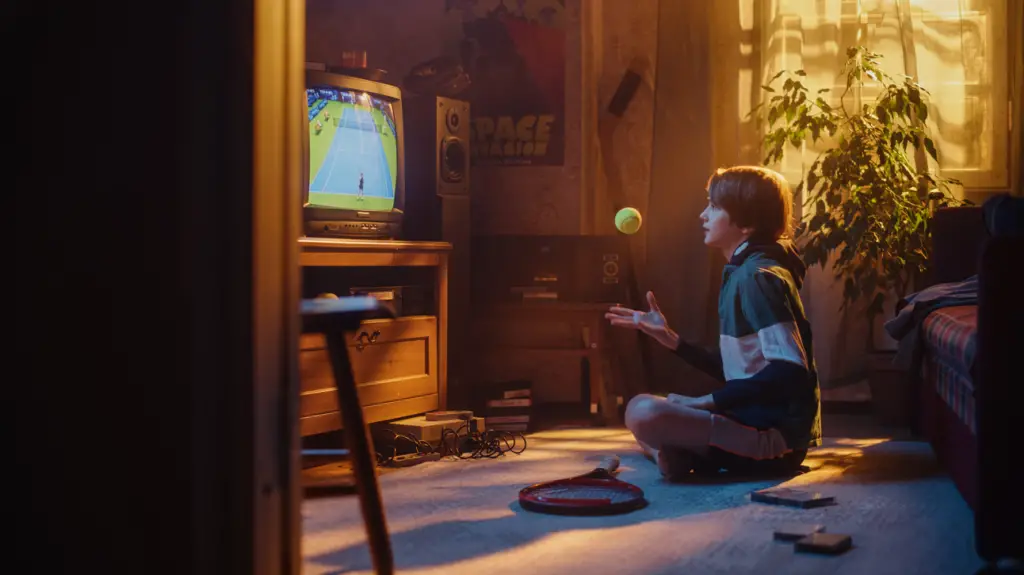
Back then, TV time was a privilege earned after completing responsibilities. It helped build discipline, but with today’s constant access to screens, the idea of such rigid limits seems quaint and nearly impossible to enforce.
9. Boys Don’t Cry, and Girls Must Be Ladies
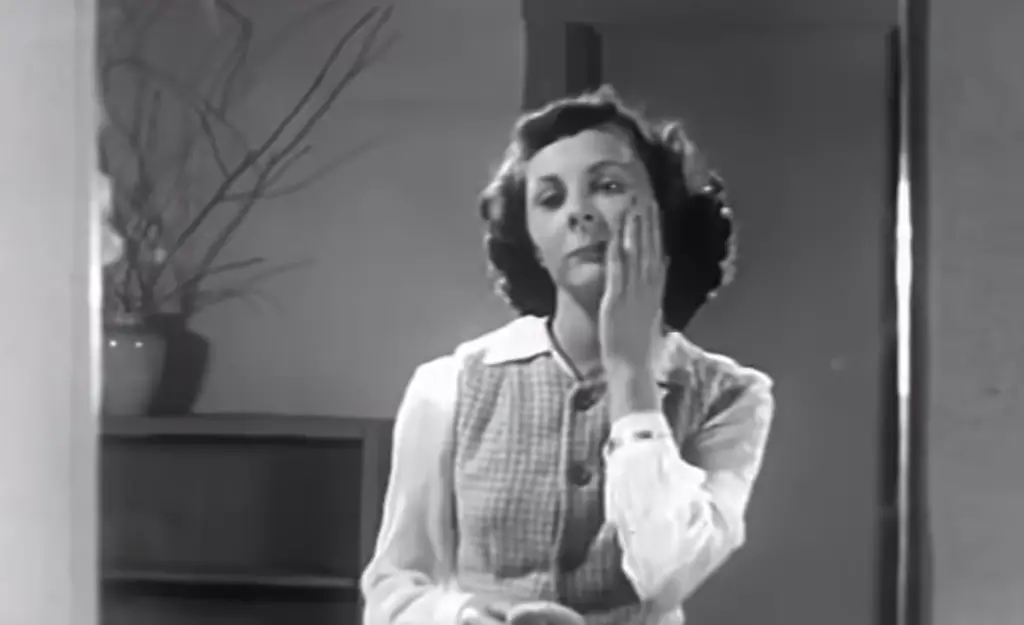
Traditional gender roles dictated that boys had to toughen up and girls had to be polite and proper. While these rules reinforced societal norms of the time, they seem outdated now in a world striving for emotional openness and gender equality.
10. Call Your Friends’ Parents “Mr.” and “Mrs.”
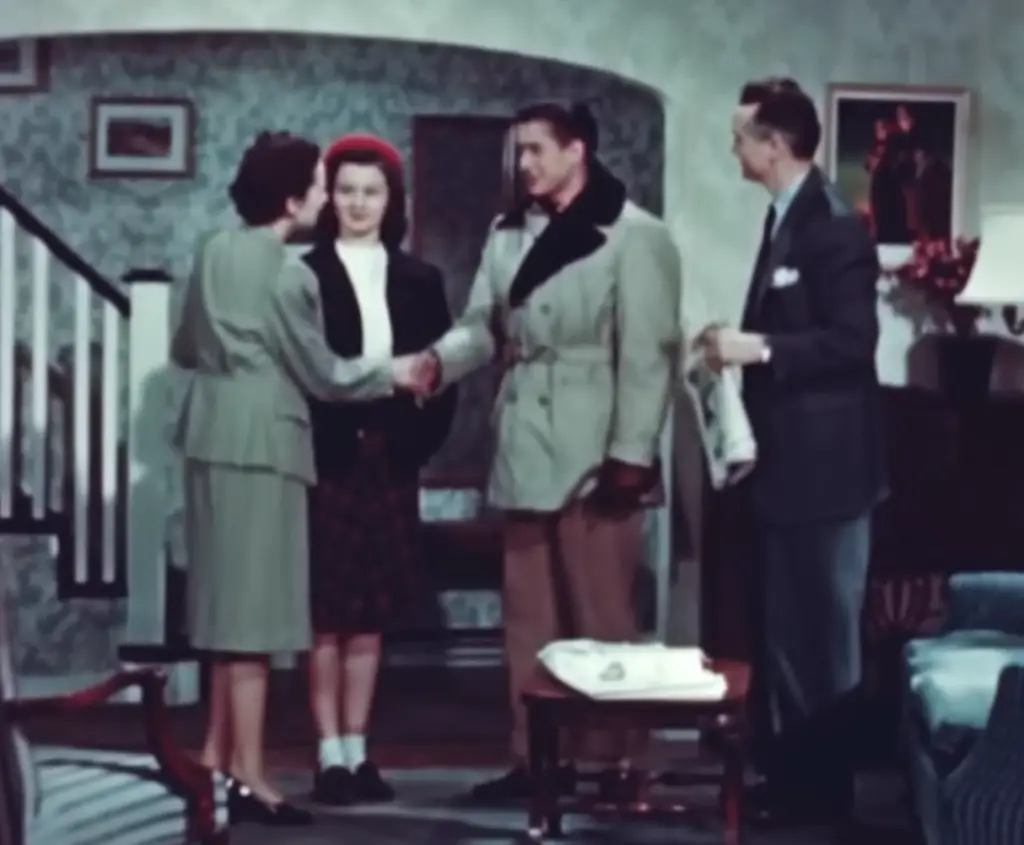
It was unthinkable to address your friend’s mom or dad by their first name. This practice instilled a sense of respect, but today, casual relationships between kids and adults make such formality feel unnecessary.
11. No Running in Public Spaces

Running in stores, libraries, or even the school hallway was strictly forbidden. It taught self-control, but today it might seem like an unnecessary restriction on kids being, well, kids.
12. Always Stand When an Adult Enters the Room
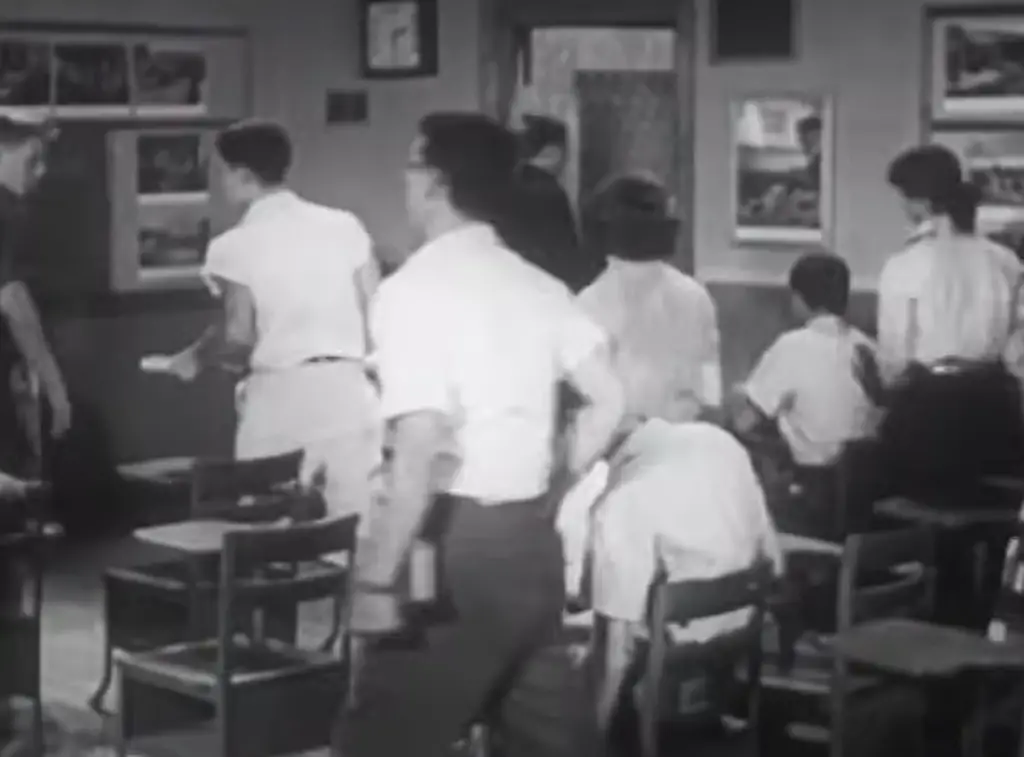
This old-fashioned gesture of respect was drilled into kids from a young age. While it reinforced good manners, today’s relaxed social norms make it a rarity—one that would likely raise eyebrows for its formality.
The rules kids followed in the 1960s were often rooted in discipline, respect, and societal expectations of the time. They taught lessons about responsibility and proper behavior, but many seem downright bizarre by today’s standards. Still, they paint a vivid picture of a more structured era, when growing up was less about self-expression and more about fitting into well-defined roles. For better or worse, these quirky rules shaped a generation and left memories of a simpler—if stricter—time.


